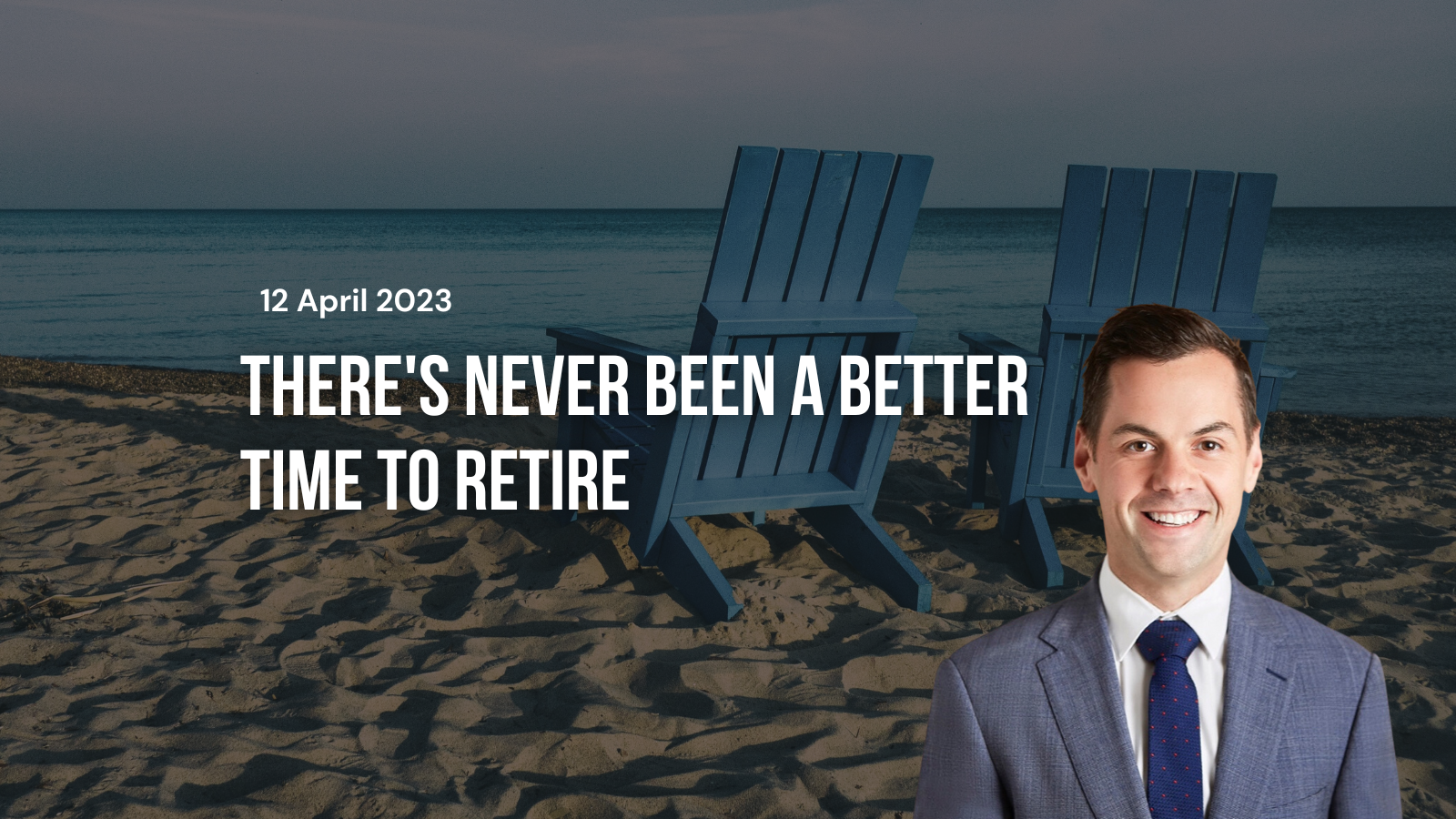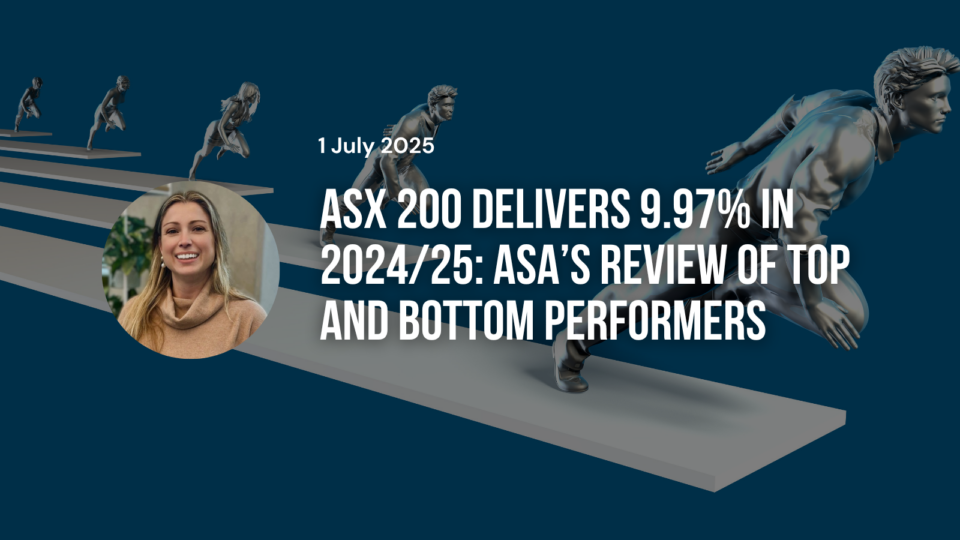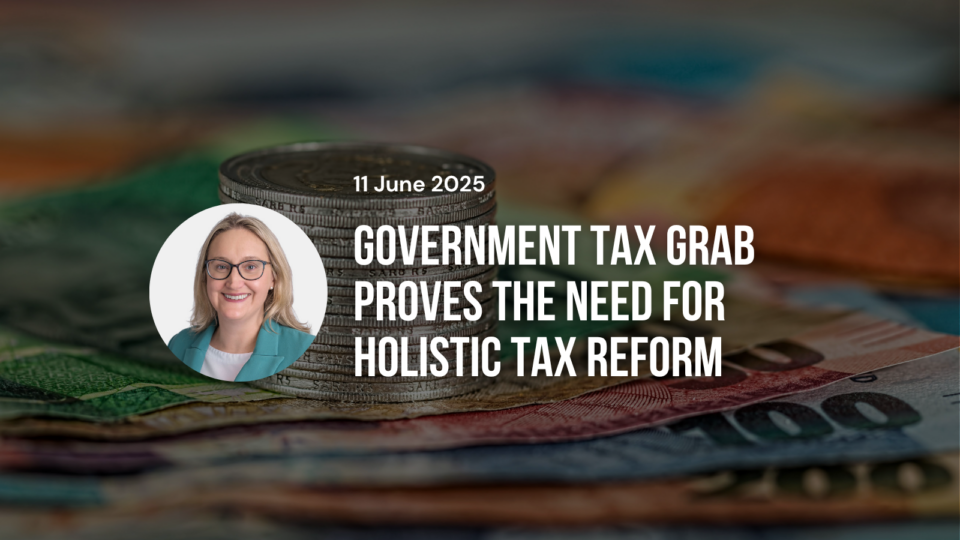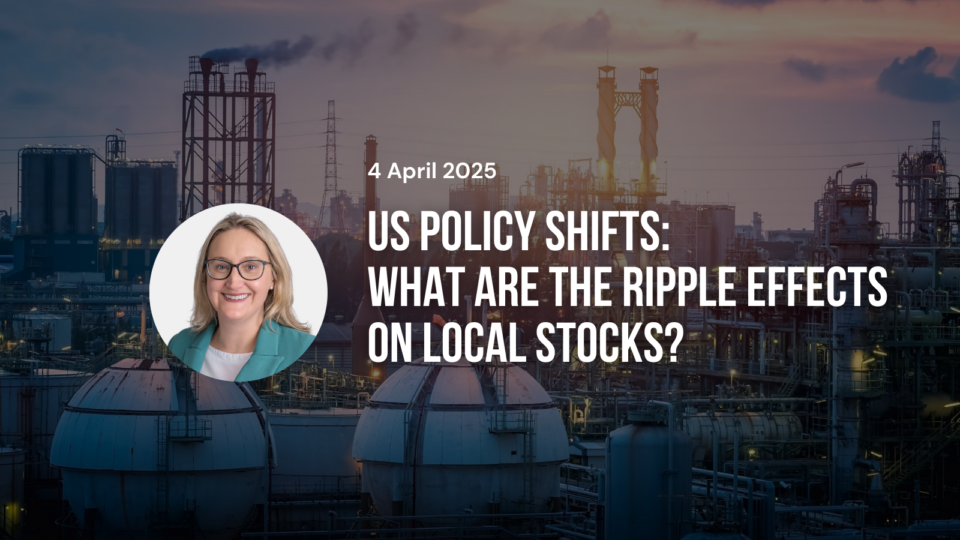

By Drew Meredith, Wattle Partners,
12 April 2023
Another month, another crisis. With the pandemic now in the rear-view mirror, investors are now seemingly moving from one crisis to another.
First it was inflation, triggered by surging demand and bottle-necked supply chains. This triggered rate hikes, and a massive ‘reset’ of the valuations of most assets around the world. Now, the world faces a banking and financial system crisis not seen since the depths of the Global Financial Crisis.
One of the quotes I use most often when talking to retired or soon to be retired investors, is that there will always be enough reasons to justify holding all your savings in cash. The challenge, for most investors, is looking beyond this, and remaining focused on the true reason for investing; to generate a passive and consistent income in retirement.
Inundated with headlines and phone calls about the end of markets and the financial system as we know it, many will be surprised that we are more positive than ever about the opportunity set for investors, particularly those in retirement.
After close to a decade of strong returns from nearly every asset class, including real estate, Australian shares and even government bonds, 2022 was one of the worst years in history for each of them.
Why?
Because the valuation of every asset was supported by a constantly falling cash or interest rate, forcing investors to take on more risk in the pursuit of returns.
We know that interest rates are painful for those with mortgages, facing a variety of other cost increases, but after a decade of receiving close to 0 per cent interest on bank accounts, the golden years have finally returned for those who have savings and capital.
The willingness and requirement to accept greater risk in the pursuit of returns wasn’t more evident than in the asset allocation of some of Australia’s largest industry super funds, with ‘balanced’ options holding as much as 80 per cent of their portfolios in ‘growth’ assets.
For many investors this ‘balance’ or asset allocation decision is an afterthought. Accepted as being set in stone, few take the time to review it closely despite a significant change in the macro environment, or more importantly the value of nearly every asset in the world.
As it stands today, retirees could perceivably hold a significantly lower amount of their capital in higher risk investments while still achieving the 4 to 5 per cent income goal that many pursue. In fact, the traditional ‘balanced’ portfolio could truly be balanced again, split 50 per cent into growth and defensive assets.
How is this possible?
It starts at the most basic of investment options, that being cash and term deposits. A number of online banks have recently announced interest rates of 5 per cent on their day-to-day high interest accounts. Similarly, the likes of Macquarie Bank are offering one year term deposits with rates exceeding 4.5 per cent. Just two years ago achieving this level of income from a share portfolio was borderline unattainable, let alone from government guaranteed deposits.
The story is similar across the many lower risk asset classes ranging from government bonds to hybrids and other fixed income assets. As it stands today, an investment in government bonds, whether through the likes of exchange traded funds like iShares or Vanguard, is offering an income of more than 3 per cent.
This opportunity set extends to a broader range of asset classes, from the lesser known ‘junk’ or lower rated bonds, to hybrids, all of which now offer income from 5 to more than 10 per cent, despite being exposed to significantly less equity risk.
This isn’t the only positive to come out of increasing interest rates. Depending on how you currently invest, the fastest interest rate hiking cycle in history is ‘cleaning out’ a lot of the poorer quality and weaker businesses listed on stock exchanges around the world. I
It is also bringing into question long-held valuations on private market assets, ranging from commercial property to venture capital and private equity. While listed versions of these investments have fallen by more than 30 per cent, in many cases, the value of these assets has continued to increase. Yet at some point valuations will catch up, offering an extensive menu of opportunities to patient and cashed up investors
While opportunities abound for investors, being in the privileged position as financial advisers, guiding close to 200 families throughout their own retirement experiences, we know and see the most common mistakes that are holding people back.
The nature of the Australian taxation system means that retired investors have flocked to high dividend paying companies, for better or worse. We think it is the latter. History and our own experience has shown that investing solely based on the headline income being provided by an investment is a recipe for disaster.
Income trap or not, those companies that are not reinvesting in themselves, or proritising high dividend payout ratios, consistently underperform and more importantly destroy capital, over the long-term. When managing retirement assets, we rely on the simple calculation:
I + G = TR or Income plus Growth equals Total Return.
Rarely has this been more relevant than today, when soaring inflation is eating into the value of your income and capital. But more importantly, in order to ensure the income you generate from your investments can keep up with your own spending, it must be growing rather than stagnating, which itself requires a company committed to investing in itself.
Among the most dangerous mistakes we see, is an extensive cohort of investors who believe they can DIY their entire retirement investment strategy. The old saying ‘you don’t know what you don’t know’ s more relevant than ever, at a time when the divergence between funds, ETFs, sectors, companies and economies has rarely been greater.
Investing in retirement requires an entirely different mindset and approach to investing in your younger years. With a finite amount of capital, the focus must turn to resilience, diversification and discipline. This is particularly relevant during periods of uncertainty when media headlines can get the better of any of us, often resulting in poor decisions being made.
Case in point is the growing popularity, in 2023, of the many winners of 2022. That is, the most popular ETFs, funds, and companies in 2023 have been those operating in the energy and materials sector, or alternatively, floating/variable rate fixed interest investments, like hybrids.
These investments were clearly suited to the unique situation in 2022, but thus far in 2023 have performed quite poorly. Any DIY investor must bring rigour and structure to their investment approach, or risk making the same mistakes year after year.
Finally, there is a tendency for many investors to follow the most overquoted man in finance, Warren Buffett, when he suggested if you don’t understand something, don’t invest into it.
Fortunately, the world has changed a lot since Buffett was quoted on many of these issues, and both the availability and professionalism of many alternative investments continues to grow.
Two examples come to mind, the first being a fear of investing in overseas companies on concerns that they are ‘higher risk’ than those listed on the ASX. Or alternatively, seeking to get a ‘global’ exposure by investing into ASX companies. Australian companies represent just 2 per cent of all listed companies in the world, and putting a few aside, have very few global leaders that have the quality of Apple, Microsoft or Amazon.
This also extends to the lesser known and poorly understood ‘bond’ investments. At their most simple, these are loans to another person or company; primarily the government. With interest rates now significantly higher than two years ago, the benefits of these assets have returned, meaning they demand attention and warrant a position within portfolios, if only for the inherent protection against another drop in the sharemarket.
If there is one comment to leave you with, it would be this. Times have changed significantly in investment markets, and this warrants a change in how we all approach our own portfolios. More than anything, building a portfolio of assets that is resilient to the issues of the day, will be the biggest derteminant of success in retirement.





